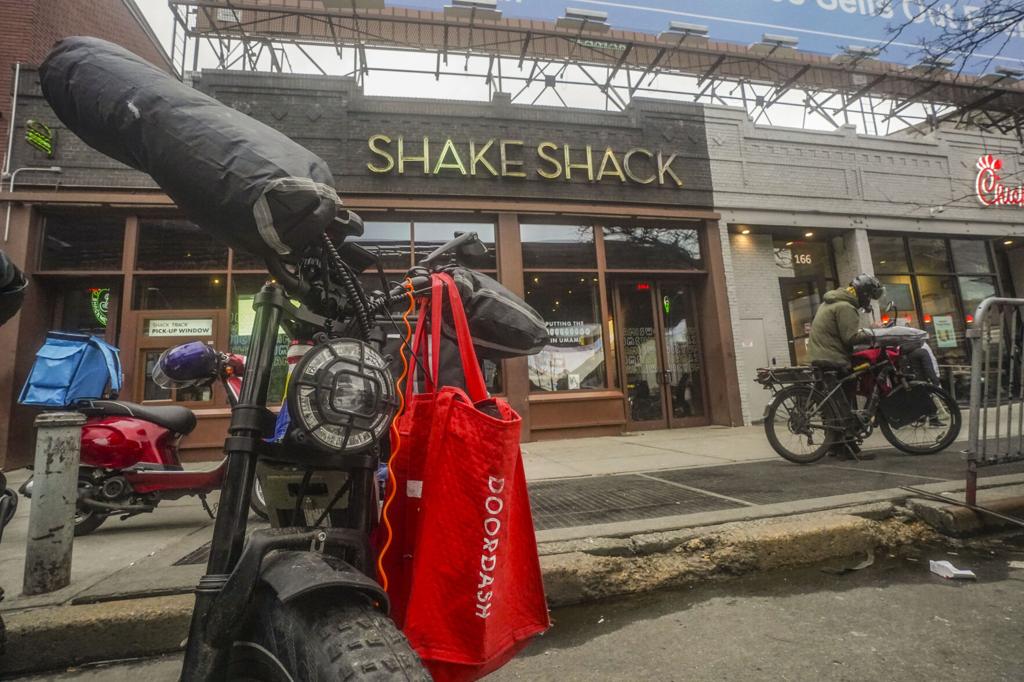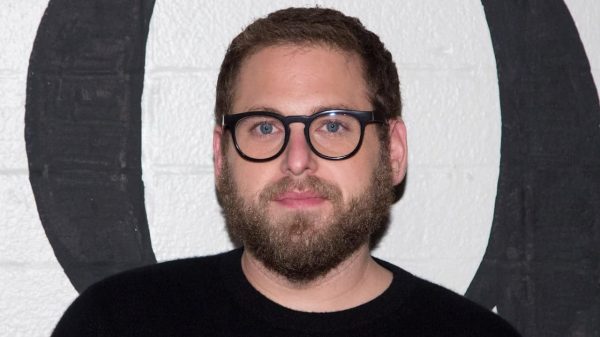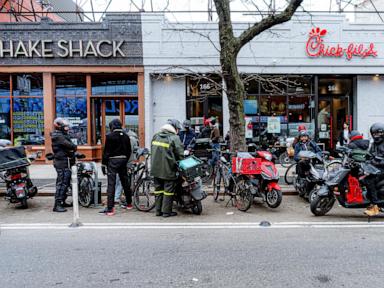New Yorkers are known for their reliance on food delivery services, clocking over 100 million orders annually with just a few taps on their smartphones. Yet, for the delivery workers navigating the intricate system, it’s far from a straightforward process.
This complexity only escalated with the implementation of a new wage formula in the city aimed at ensuring workers earn a minimum of $18 per hour. In response, major app platforms, who were against this change, imposed restrictions on workers’ hours, made tipping more cumbersome for customers, and altered pay calculations frequently.
Greiber Pineda, like many others, found himself grappling with these opaque alterations. Initially, Pineda thrived under Uber Eats’ new wage structure. He vividly recalls working tirelessly through a snowstorm, delivering meals on his moped for hours on end. However, a sudden adjustment to the pay system left him baffled and shortchanged, receiving substantially less than expected.
In frustration, Pineda now diverts more of his time to supplementary gigs. On a typical day, he sells coffee and arepas to fellow delivery workers outside a Chick-fil-A in Brooklyn. Surrounding him are a diverse array of workers from various backgrounds, all hustling to earn through apps like Uber Eats, Grubhub, and DoorDash. A significant portion of these delivery workers, like Pineda, struggle with English proficiency.

Ordering Food Delivery in New York: Simple for Customers, Not So for Workers (Credits: Colorado Spring Gazette)
Until recently, food delivery drivers in the U.S. operated without hourly wages, relying on sporadic gigs through apps. While some jobs proved lucrative, others barely covered expenses. However, this changed in New York City, which led the way by instituting a minimum wage floor for app-based delivery workers, followed by Seattle.
Before these reforms, delivery workers in New York earned an average of $14 per hour, with a significant portion coming from tips. Despite the risks associated with their jobs, such as traffic accidents and assaults, they often fell short of even the city’s minimum wage.
Although some workers claim their earnings have decreased under the new regulations, labor advocates argue otherwise, asserting that average earnings have risen. However, app companies continue to slash costs, leveraging their access to worker data to do so.
Major app companies declined to provide detailed pay statistics but defended measures such as reducing worker hours as necessary for compliance with the law. However, critics argue that such actions undermine the essence of the minimum pay mandate.
With the recent changes in pay structures by apps like Uber Eats and DoorDash, the predictability of earnings for workers like Pineda has been further compromised. Despite assurances from companies about additional adjustments, the situation remains uncertain for many.
While some delivery workers like Daniel Mendoza have found the new system more profitable initially, the recent adjustments by DoorDash introduce further unpredictability.
In the midst of these changes, Pineda continues to adapt, catering to the needs of his fellow delivery workers. As he serves them near Chick-fil-A, traditional transactions reminiscent of a bygone era persist, highlighting the resilience of individuals amidst evolving technological landscapes.
























